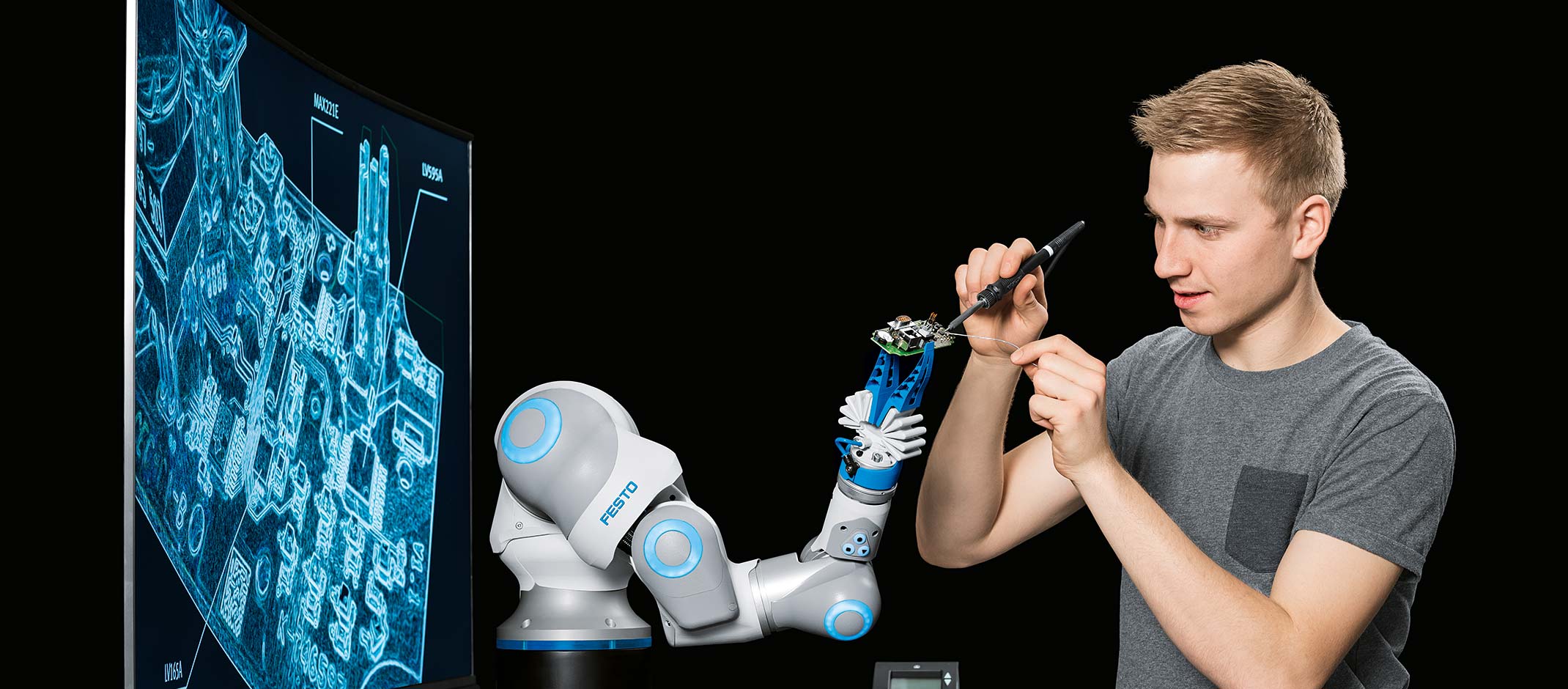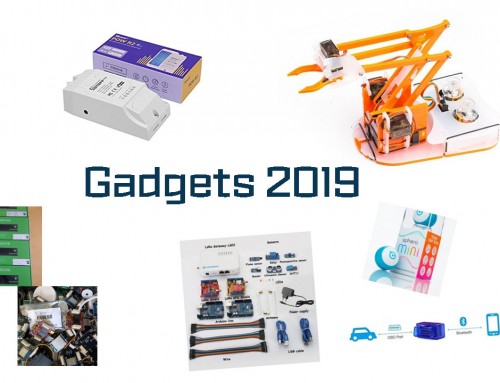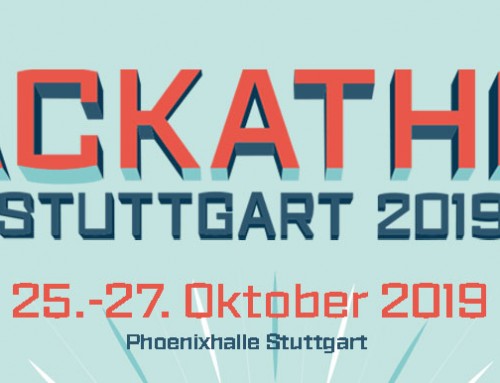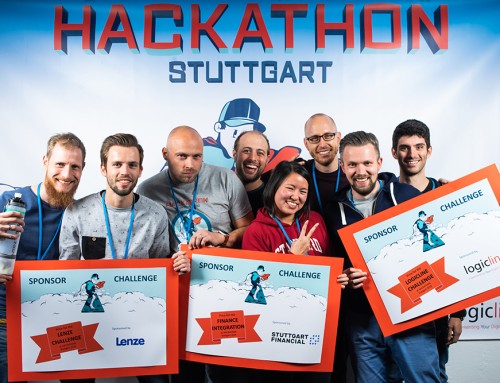Festo BionicCobot at Stuttgart Hackathon 2018
We believe, that collaboration of man and machine is one of the success factors of future manufacturing. Robots will assist the human workers with a variety of tasks. In performing the mental and repetitive assignments, those new „co-workers“ will free them to do creative (and more fun) part of the work.
The robot of the future must thus be versatile and easy to repurpose. Traditional ways of robot programming focus on commands („Move to Position x y“, „Close Gripper“ , etc.). Those commands must be combined to solve a given task. Albeit graphically assisted and easy to program, repurposing requires still a significant amount of time. Working with the robot of the future should be even simpler, as simple as giving a task to a human co-worker („look for all objects of a given type and sort them into the green bin“).
The challenge at Hackathon Stuttgart 2018
Your challenge is to develop a creative and easy to use way to give a task to the robot. Because the robot of the future will be repositioned frequently, it is vital, that he has the means to discover its environment. For this, an end-of-arm camera system is already attached and must be coupled with object recognition algorithms. You are free, of course, to use additional gadgets, e.g. your smartphone, to facilitate the teaching of the robot.
The Festo BionicCobot – a sensitive helper for the human-robot collaboration
- The BionicCobot is driven by pneumatic drives that provide an inherent sensitivity and elasticity – very important in the context of human-machine collaboration
- The robot is controlled by ROS, the open-source robotics framework. Version: Kinetic Kame
- There is an API available to issue a set of basic commands, accessible via a Python Library or the ROS-Webbridge. ROS Webbridge is a JSON API, e.g. accessible through a web browser
- The status and position of selected parts are also available through ROS Topics, accessible via the API
- The ROS Framework can be enhanced through the addition of additional „nodes“ written in C++ or Python
Links to product information and technical aspects:
- Introduction of the Festo Bionic Cobot: https://www.festo.com/group/en/cms/12746.htm
- ROS-Wiki (primary source of documentation, package lists, tutorials, ….) : http://wiki.ros.org/
- ROS-Webbridge: http://wiki.ros.org/rosbridge_suite,
Protocol Specification: https://github.com/RobotWebTools/rosbridge_suite/blob/develop/ROSBRIDGE_PROTOCOL.md - OpenCV, the Open Source Computer Vision Library (https://opencv.org/) is available in ROS via the opencv3 package (http://wiki.ros.org/opencv3)
- OpenCV apps – provides ROS nodes running specific OpenCV functionalities http://wiki.ros.org/opencv_apps






